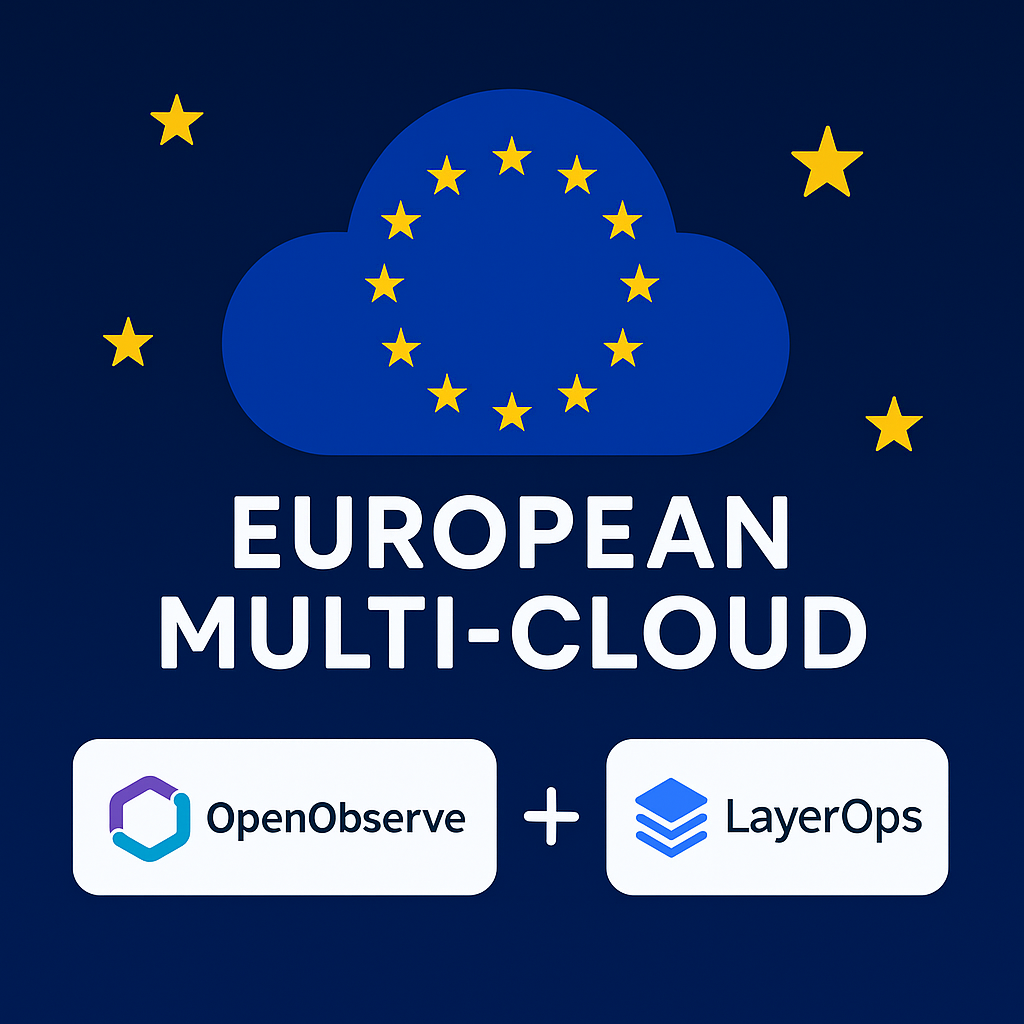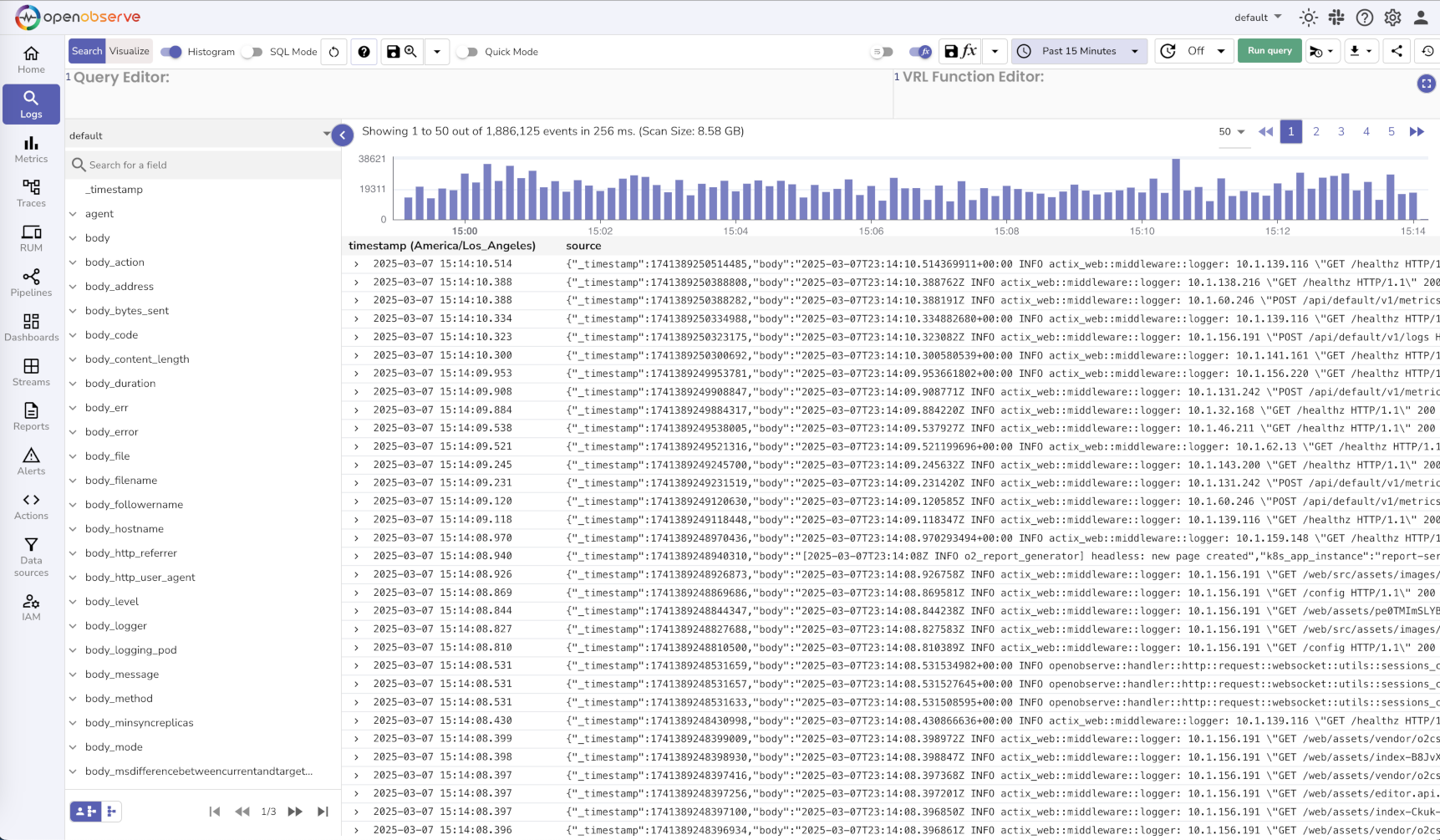OpenObserve x LayerOps: A european alternative to observability giants

In the world of cloud-native infrastructure, observability has become critical. But as enterprises adopt more multicloud and hybrid-cloud strategies, many are beginning to question their dependency on a few dominant U.S.-based platforms like Datadog, New Relic, or Splunk.
That’s where OpenObserve—a modern, high-performance, open-source observability platform—enters the scene. And with its seamless deployment through LayerOps, it’s now easier than ever to deploy a fully-featured observability stack across multiple cloud providers, or even on your own bare-metal servers.
Why OpenObserve?
OpenObserve was designed as a next-generation alternative to heavy, expensive solutions. Built in Rust, it’s lightning fast and offers unified support for logs, metrics, and traces—all under one lightweight platform. It avoids the complexity and vendor lock-in of traditional observability tools, making it a perfect fit for teams that value transparency, control, and cost-effectiveness.

A Strategic European Fit
While OpenObserve isn’t strictly developed in Europe, it offers something most American SaaS platforms don’t: full open-source transparency and self-hosting capabilities. This means European companies can deploy it entirely within sovereign infrastructures, in compliance with GDPR and national security policies—something much harder to guarantee with U.S.-based cloud SaaS models.
The LayerOps Advantage
With LayerOps, deploying OpenObserve becomes effortless. Whether you're running in a private datacenter, a European cloud provider like OVHcloud or Scaleway, or even a hybrid combination of both, LayerOps abstracts the complexity of container orchestration and cloud setup. It lets developers focus on value—observability—without the Kubernetes headaches.
You can now:
- Deploy OpenObserve in under 5 minutes with no YAML or Helm charts.
- Choose where your observability data resides—across multiple cloud zones.
- Scale your setup with integrated load balancers and failover logic.

Alternatives to Datadog, Splunk, New Relic?
Absolutely. OpenObserve provides a serious alternative to the “big three” of observability. And combined with LayerOps, it becomes a strategic choice for European businesses aiming for data portability, resilience, and sovereignty.
In a time where cloud independence matters more than ever, the pairing of OpenObserve and LayerOps offers a fresh, efficient, and scalable path forward.
Worried about the American cloud?
LayerOps offers you a sovereign, multi-vendor, secure European alternative.
